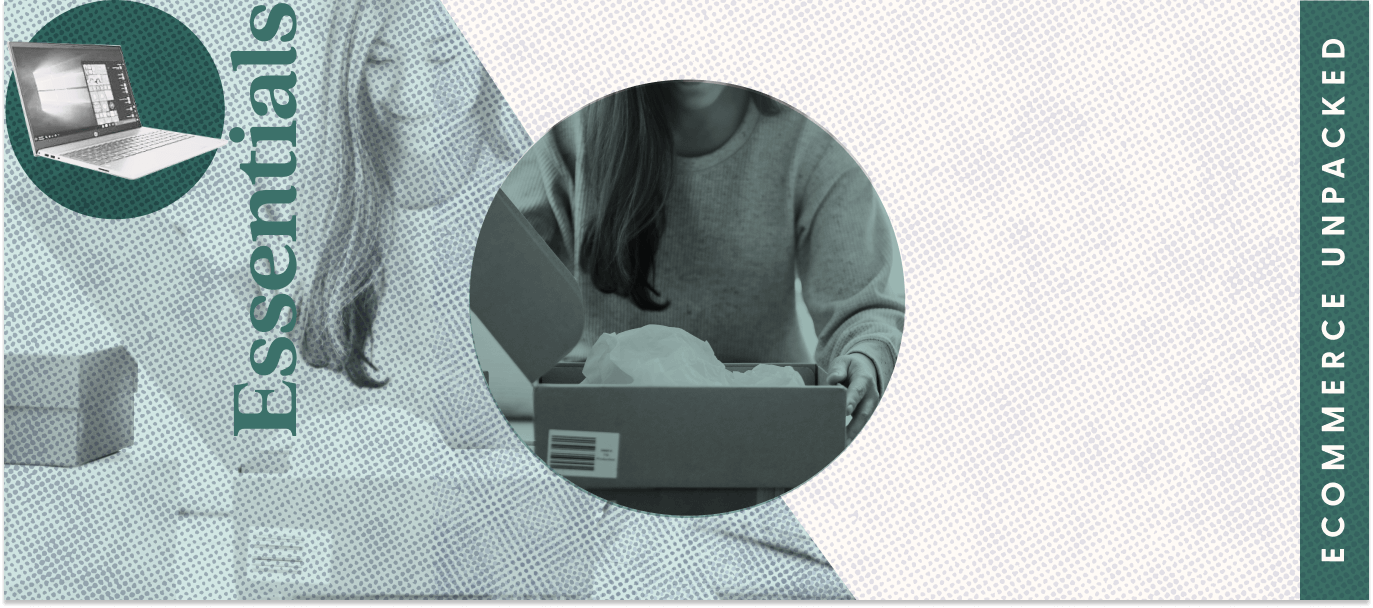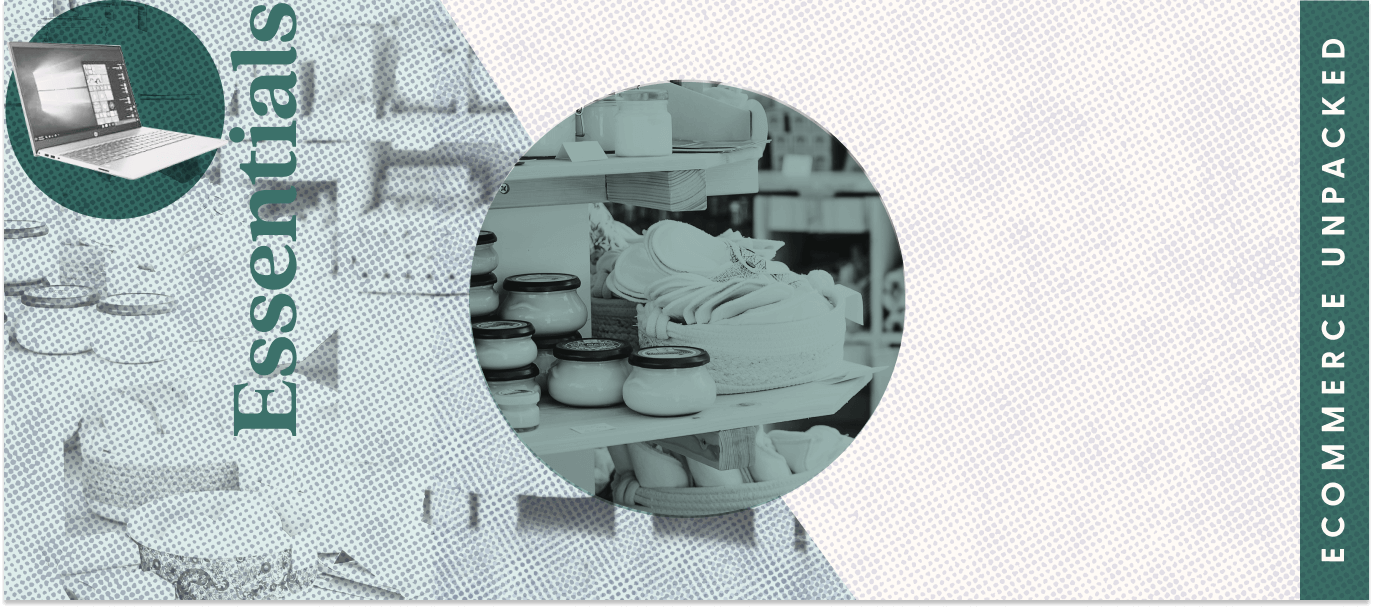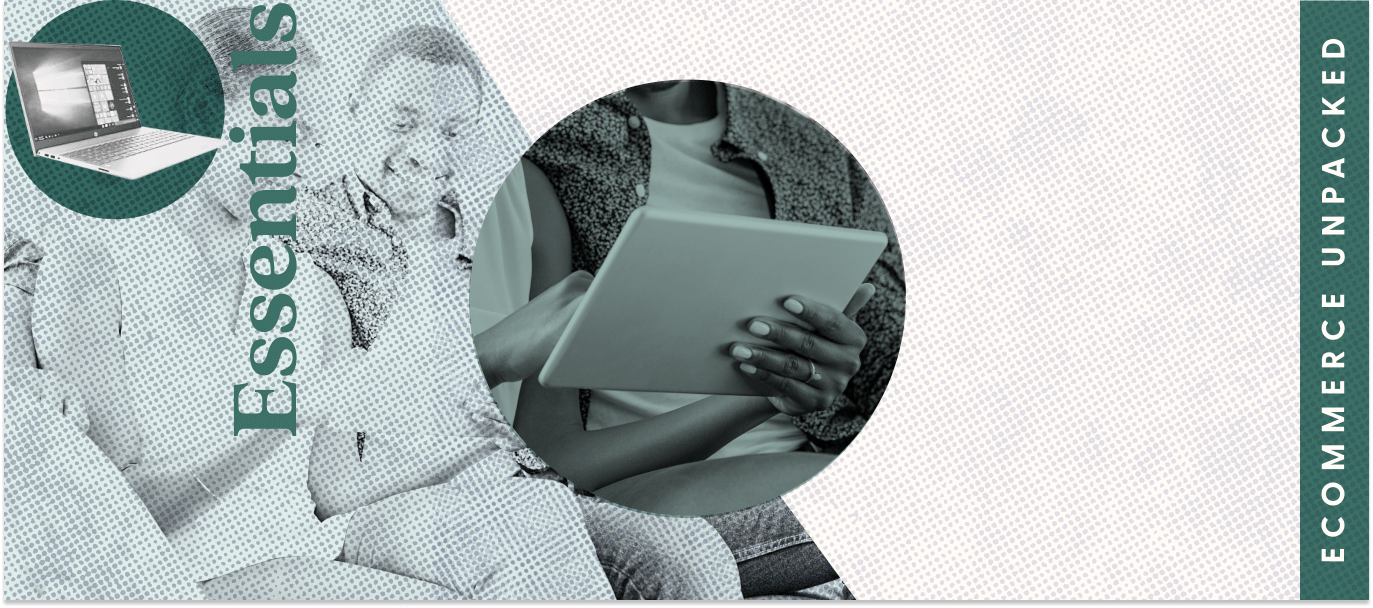What kind of product or service do you want to sell? Who is your ideal customer? Answering these questions is key to choosing the right ecommerce model for your business.
Curious to know what models you have to choose from? Read on to learn about five ecommerce models, including their pros and cons.
Key takeaways
- Five common ecommerce models include B2B, B2C, C2C, C2B, and B2G.
- The models aren’t mutually exclusive, and combining different models is possible.
- Every model has benefits and risks, which should be considered before launching a new business.
- Choosing the right model for your ecommerce business depends on what you’re selling, and who you want to sell to.
1. Business-to-business (B2B) ecommerce
The Census Bureau estimates that more than 32.5 million businesses are owned and operated in the United States. These establishments need goods and services, and in B2B ecommerce, one business sells to another.
An online business might need help with marketing campaigns. A wholesaling company might need help with shipping services. An influencer might need help developing a private label. There are numerous B2B businesses to meet those needs.
Astute Analytica reports that the B2B ecommerce market is expected to reach $18,771 billion by 2021. And because B2B ecommerce inherently takes place online, these businesses don’t have to factor in certain costs of overhead, such as renting a brick-and-mortar storefront.
Focusing solely on B2B means missing out on the consumer market, which could limit your profits and product flexibility. And since B2B buyers can be more sophisticated in their product knowledge, you may need a more detailed marketing strategy to succeed in selling to them.
2. Business-to-consumer (B2C) ecommerce
In the B2C model, a company sells products or services to individuals, not businesses. Business owners might use online marketplaces, ecommerce platforms, or ecommerce stores to sell their wares. They could also use online catalogs or auctions.
In this model, the goods or services move from the business to the consumer through an ecommerce platform.
Examples of B2C ecommerce companies include:
- Streaming services for T.V. shows, podcasts, or music
- Platforms for B2C selling, such as Etsy
- Subscription-based online publications
The consumer market is vast and varied, and its number of potential customers far exceeds the B2B market. A popular product with an effective marketing strategy can mean big profits for B2C businesses.
However, with so many potential customers, it’s crucial to focus your efforts on a particular segment of the market to find prospects that are well-matched for your unique business.
3. Consumer-to-consumer (C2C) ecommerce
Plenty of customers have products and services of their own to sell. The consumer-to-consumer model allows people to sell directly to other people, and often involves a platform serving as an intermediary between the two parties. Individuals selling on sites like eBay, Etsy, and Craigslist follow the C2C ecommerce model.
C2C ecommerce differs from the business-to-consumer model, as the seller and buyer don’t create a professional relationship. Consumers don’t create a customer base as much as they handle inventory management and sell to the first buyer who comes along.
Once you have your product or service ready to sell, you can typically get set up on C2C platforms relatively quickly. Selling on C2C platforms allows your customers to tap into the search functionality on those sites to find your products. And depending on the costs involved in creating your products or services, your profit margins could be huge.
However, revenue models for C2C ecommerce can vary widely depending on your product, the competition, and your services. Since you often don’t have an ongoing relationship with your buyers, earning repeat sales can also be difficult.
4. Consumer-to-business (C2B) ecommerce
In this model, a consumer sells a product or service to a business. Often, these products or services come in the form of ideas or feedback that can then inform a business’s larger strategy, allowing them to sell more effectively in the future.
As such, many C2B products are purely digital. Examples of C2B ecommerce include paid testimonials, paid reviews, and paid customer feedback sessions.
Freelancers paid to complete short-term projects for a business can also fall under the C2B category. For freelancers, entering the C2B market can mean a flexible work schedule and additional streams of income that could turn into repeat work and reliable revenue.
Of course, choosing the right partner matters here. Some platforms take a portion of profits, leaving people with little left to fund new products. And some don’t take a subscription business outlook, forcing vendors to shop their work every day.
5. Business-to-government (B2G) ecommerce
This model involves selling products to government agencies and institutions. A company develops a product that the government needs and sells it to a governmental agency directly.
B2G ecommerce is booming. In the 2020 fiscal year, the government spent more than $655 billion on contracts, according to the U.S. Government Accountability Office. Purchasing agents bought a wide variety of products from their civilian counterparts.

Governmental agencies create contracts to govern the relationships, and both parties are aware of how much each transaction is worth. If a company develops new products, new contracts complete the sales.
Marketing strategies aren’t as important in the B2G market. Once a company has a multi-year contract, no new business is required. As long as the firm offers a good product and exceptional service, the marketing and sales are done.
Changing administrations can scare ecommerce companies. The relationship they had with one may fade when the next takes office. Unlike consumer ecommerce, which can involve finding someone new to buy a product, B2G items are often tailor-made for the government. Finding a new buyer isn’t easy.
Start & grow your ecommerce business with the right business model
The right ecommerce model depends on your products or services, and the customer you want to sell to. Once you’ve chosen your model, you can focus on differentiating yourself from the competition.
FAQs on the models of ecommerce
What is the best ecommerce platform?
The best ecommerce platform for your unique business all depends on the type of ecommerce you hope to conduct. No matter what ecommerce format you choose, there’s most likely a partner out there ready to help you succeed.
What are the risks of venturing into ecommerce?
Opening any business comes with risks. If you’re entering a crowded marketplace with plenty of competitors, you may need to spend money you don’t have on finding customers. What’s more, a few botched sales could damage your reputation and make it hard to get repeat business. What happens in the early stages of your business matters a lot to your long-term success.
How should you prepare to start an ecommerce business?
It depends on the type of ecommerce model you choose. In general, you’ll need a product or service, an ideal customer, a marketing plan, and a sales platform. Starting with an ecommerce business plan can be a great way to set intentions and map out your plan for success.
Sources
[1] Quarterly Retail Ecommerce Sales, 2nd Quarter 2022. (August 2022). (U.S. Census Bureau)
[2] E-Commerce Sales Grew 50% to $870 Billion During the Pandemic. (February 2022). (Forbes)
[3] What Counts as a Business? It Might Not Be What You Think It Is. (April 2019) (Albany Business Review)
[4] Global Business-to-Business (B2B) E-Commerce Market is Expected to Reach USD 18,771.4 Billion by 2027. (May 2022). (Globe Newswire)
[5] Thinking Inside the Subscription Box: New Research on Ecommerce Consumers. (February 2018). (McKinsey and Company)
[6] Fascinating eBay Statistics and Facts for Small Business Sellers. (August 2022). (Small Business Trends)
[7] A Snapshot of Government-Wide Contracting for FY 2020. (June 2021). (U.S. Government Accountability Office)



